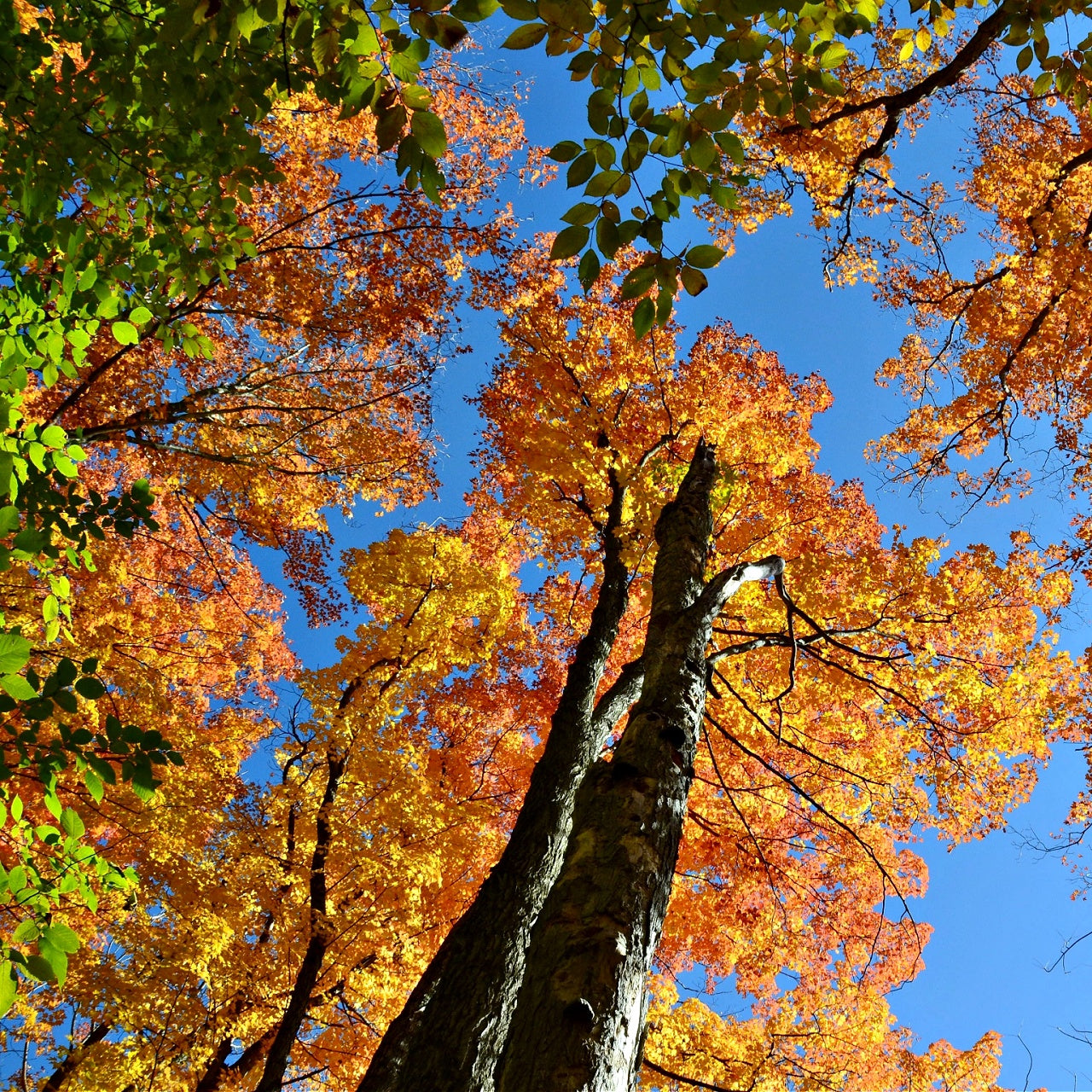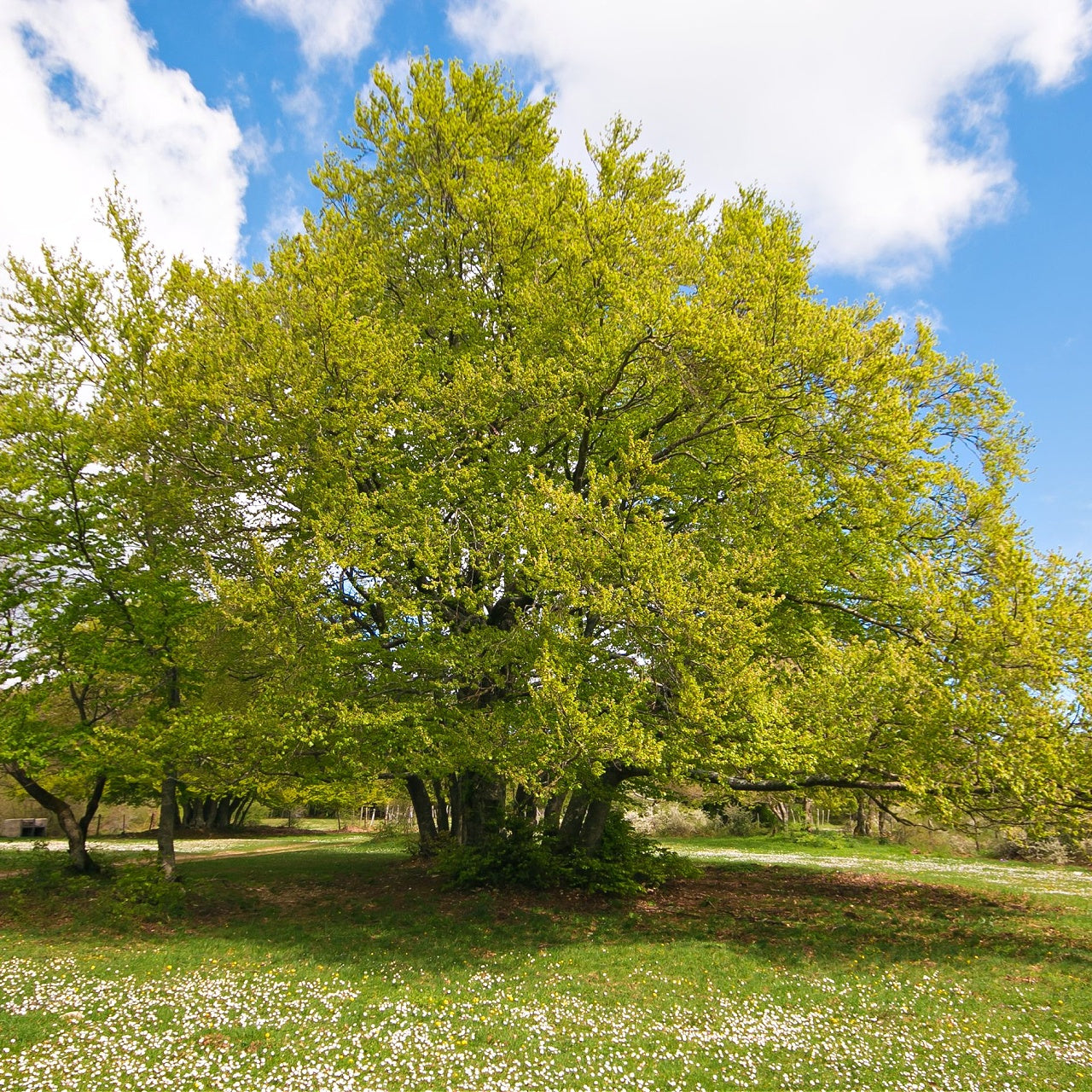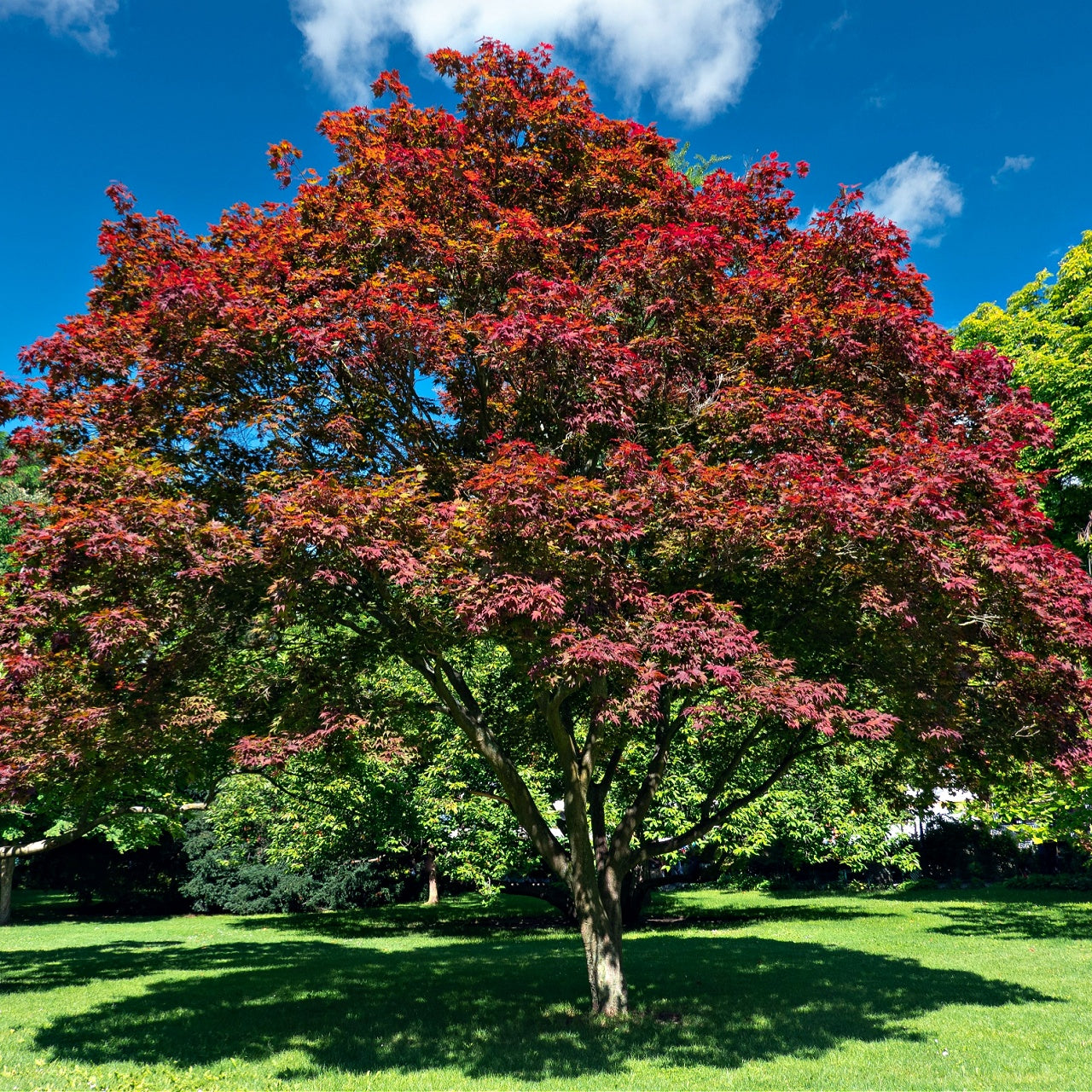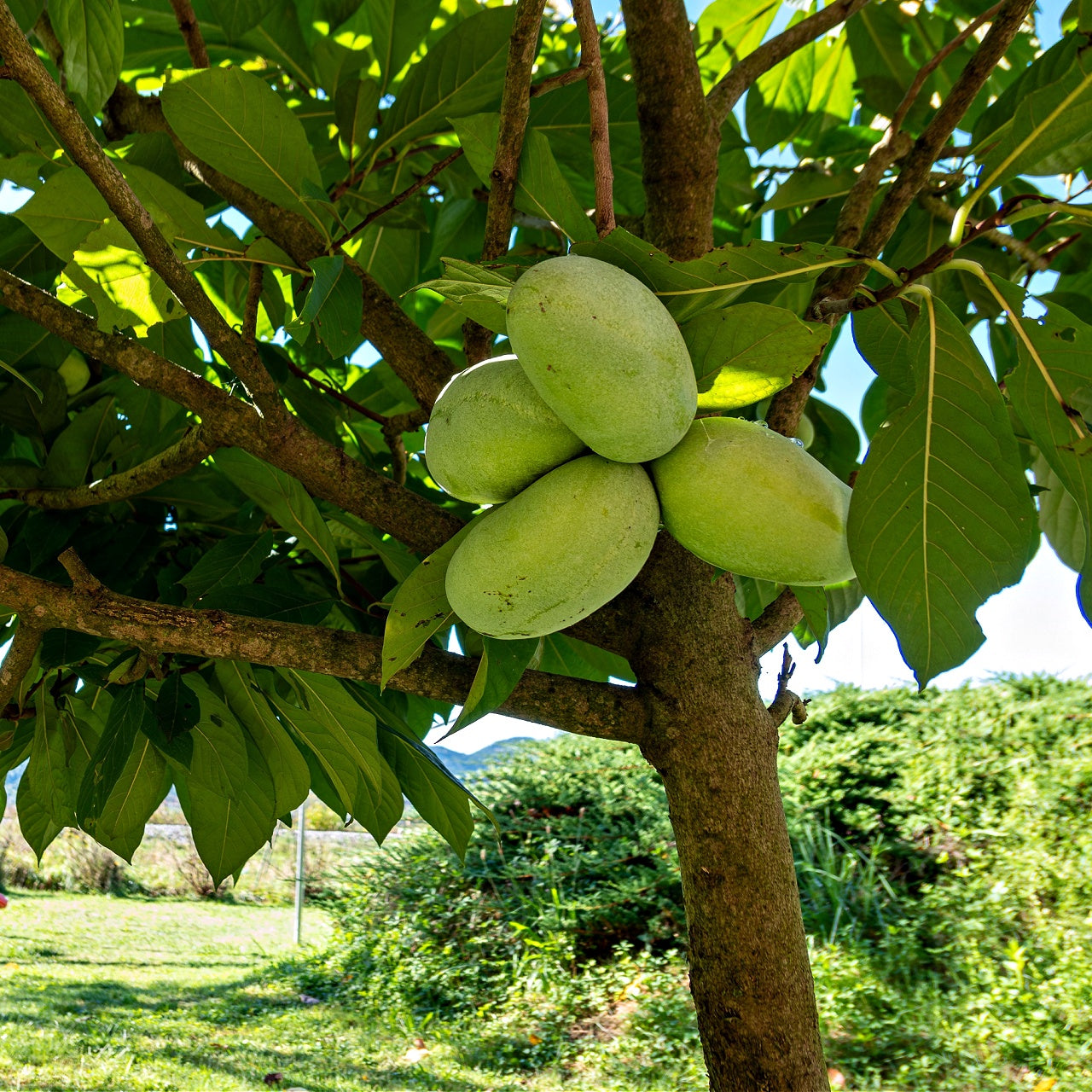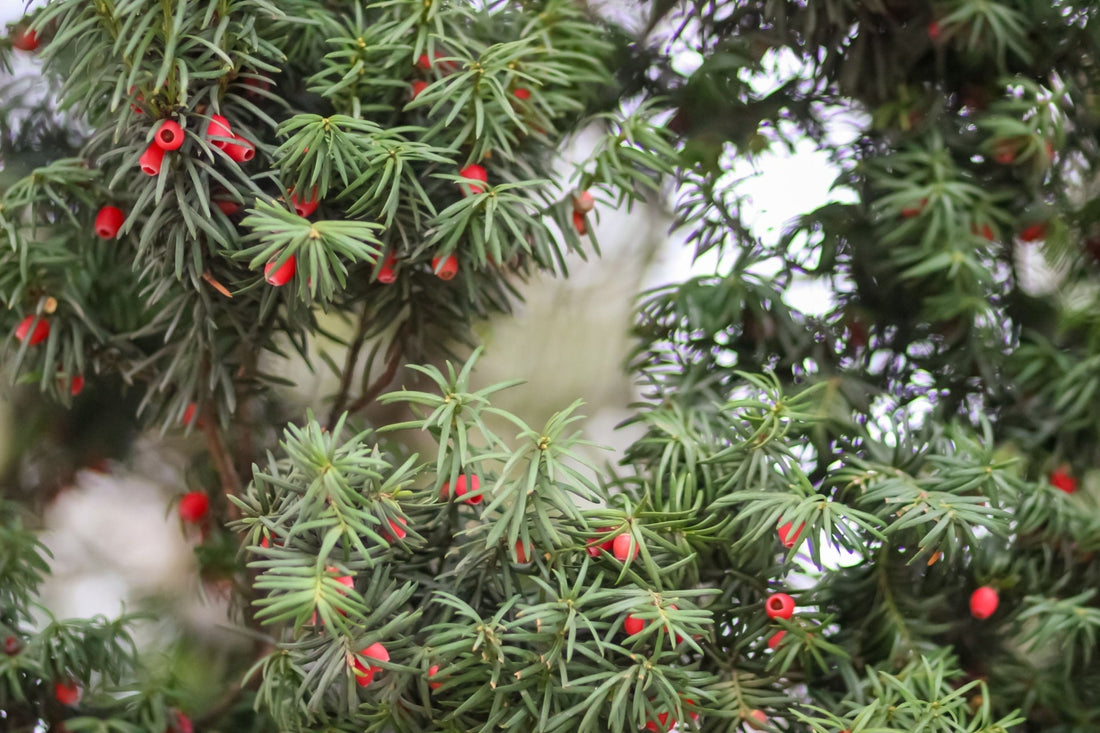
Conifers with Red Berries for Year-Round Interest
Conifers with Red Berries for Year-Round Interest
Red-berried conifers offer bold visual contrast throughout landscapes during winter when most other vegetation fades away. Evergreen trees and shrubs maintain green foliage throughout the year and produce bright red berries, which draw birds and other wildlife to them. Because they originate from North America, these conifers present perfect options for sustainable gardening and naturalized landscapes. Throughout the eastern forests and western highlands, many native conifers present green needles alongside red fruit, beautifying gardens, woodlands, and urban plantings. Winterberry shrubs have stunning red berries.
Native Conifers that Produce Red Berries Serve Important Ecological Functions
The low-growing evergreen shrub American yew (Taxus canadensis) produces red berries and thrives in forest understories throughout the northeastern United States and Great Lakes area. The plant forms a thick green layer with its needle-like leaves, while its bright red berries, technically arils, act as essential nourishment for birds. Humans and animals must avoid all parts of the plant except the arils since they contain non-toxic nutrients, while the other plant components hold dangerous alkaloids. Even though it contains toxic substances, the American yew provides essential winter shelter and food sources for wildlife.
The Pacific yew (Taxus brevifolia), which grows in damp, shaded forests, belongs to the Pacific Northwest region and produces red berries. This species transforms into a small tree with twisted reddish-brown bark, contrasting with the low-growing American yew. The primary recognition of Pacific yew comes from its bark, which contains paclitaxel, which is crucial for cancer treatment. Conservation efforts have protected this species after overharvesting originally put wild populations at risk. The shade tolerance of Pacific yew makes it ideal for woodland gardens and restoration projects where plant diversity suffers due to deep shade.
The Eastern red cedar (Juniperus virginiana) stands out as a native conifer, producing uniquely tinted berry-like cones that appear red or bluish. Bird species like cedar waxwings and robins depend on these small and fleshy cones as their crucial winter food source. Junipers stand out for their ability to adapt to diverse soil conditions, whereas yews cannot. The fragrant wood of Eastern red cedar resists decay, which has led to its historical use in fence posts, furniture making, and cedar chests. This plant functions as a reliable windbreak and screens for privacy while also providing ornamental value throughout the year.
Landscaping Benefits of Conifers with Red Berries
Native conifers that bear red berries create a visually appealing focal point in gardens during late autumn and winter as deciduous trees lose their foliage. The persistent evergreen needles provide continuous structure and texture in the landscape, which stands out against the snow-covered ground when complemented by vibrant red berries. These shrubs and trees benefit wildlife gardens because songbirds feed on their berries during winter.
American yew functions well as an understory plant in shaded gardens where typical conifers cannot succeed. It grows naturally in woodland environments or can be shaped into low hedges, which makes it perfect for people who want to establish a native plant sanctuary. The deep green foliage alongside the red arils of this plant delivers a subtle elegance to naturalized spaces, which shows best when combined with ferns like hay scented and shade-tolerant perennials.
Eastern red cedar is the best option for creating windbreaks and privacy screens in expansive landscapes. This resilient native evergreen stands up to drought and urban pollution while thriving in poor soil conditions. The plant features red-tinged berries and blue-green foliage, which provide seasonal visual interest, while its dense growth structure creates homes for birds and small mammals. The Eastern red cedar proves to be a dependable choice for gardeners who want a sturdy native conifer to bring both color and texture to their landscape.
Rock gardens and dry slopes benefit from the growth of Junipers such as Juniperus communis and Juniperus virginiana, which also serve as effective erosion control plants. These plants require minimal maintenance and grow well in low-quality soils, positioning them as top choices for sustainable landscaping. Wildlife benefits from the red or bluish berries, which also provide ornamental value. These junipers grow best in sunny areas and can be shaped as hedges or featured as specimen plants in native plant gardens.
Identify the most suitable native conifer with red berries to plant in your garden.
The correct conifer choice depends on your garden's unique conditions, such as light exposure, soil type, and climate conditions. American yew thrives best in shaded, moist areas where it can expand underneath taller trees. The plant performs best in acidic soil conditions and requires regular water supply, which positions it as an ideal candidate for woodland border plantings and shaded foundation areas.
Gardeners in the Pacific Northwest can choose Pacific yew for shaded areas to add native species to their landscapes despite its lower popularity in home gardens. This tree grows slowly yet matures into a small, graceful tree with distinctive red berries that add beauty to wooded garden spaces. Gardeners must provide enough room for long-term growth and steer clear of placing it near pets or children who might mistakenly eat its poisonous leaves.
Eastern red cedar is versatile because it thrives in full sunlight and adapts to diverse soil environments. The tree's vertical growth pattern makes it perfect for use as hedges, screens, and focal points in expansive settings. The conifer shows exceptional value for erosion control and reforestation because it establishes swiftly on degraded soils and disturbed areas. The red-tinged berries and fragrant foliage make this plant visually appealing and useful for garden settings.
Native junipers such as Juniperus communis are an ideal low-maintenance ground cover option for gardeners who want red berries. Their spreading shrubby growth makes them an ideal choice for rock gardens, dry landscapes, and sloped areas. These junipers flourish in sunny areas while needing little maintenance, which makes them ideal for gardeners who want constant visual interest without significant effort.
The ornamental value of conifers with red berries extends beyond aesthetic appeal as they support local wildlife and contribute to ecosystem stability. Gardeners who plant American yew, Pacific yew, Eastern red cedar, and junipers create sustainable and diverse habitats that flourish consistently yearly. Landscapers can enhance their outdoor spaces with these evergreen trees and shrubs to achieve erosion control, create privacy screens, or provide visual interest.
Products from the Article
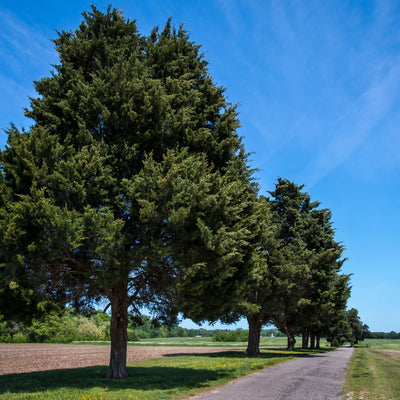
Eastern Cedar Tree
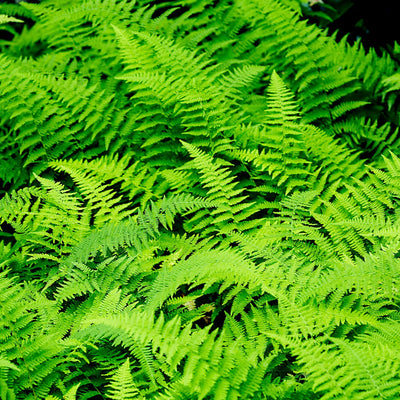
Hay Scented Fern



